Visit The Strongest Energy Saving House, 190㎡ In Size And Uses 2 Air Conditioners Only
A house that considers “how not to use energy.”
Tokyo recorded its first consecutive 9-day heat wave. In the week ending June 26, 4,551 people were transported to hospitals for emergency medical treatment due to heat stroke. Many of them collapsed indoors. The heat wave comes at a time when there are concerns about power shortages and calls to conserve electricity. One wonders what to do about it, but there is one house that can provide an answer to such a situation. It is the home of Masanori Mochida, a professor of architecture at Musashino Art University.
It is a spacious house of approximately 190 square meters, or 56 tsubo. With almost no partitions, it seems like it would cost a lot for heating and cooling.
“However, there are only two air conditioners in the house, one for summer and one for winter. Compared to the 2DK, 60-square-meter house I used to live in, my utility costs are about the same.”
How is this possible?
“The house was built with the idea of how to use less energy by taking in the power of nature and properly protecting it. To achieve this, the insulation performance is improved, the eaves block out the summer sun and let in the winter sun, and the heat exchange system minimizes the energy lost through ventilation. That way, we can stay comfortable in summer and winter by running only one air conditioner.”
The insulation material in the walls of a typical house is 50 to 100 mm, and 100 to 150 mm for the roof, but Mr. Mochida’s house has 300 mm of insulation material in the walls and 400 mm in the roof. All the windows are plastic sashes with three-pane glass. The house is wrapped with thick insulation to prevent heat from escaping and entering through the windows.
The house faces south, and the long eaves block the summer sun coming in from higher elevations and allow the winter sun coming in from lower elevations to enter the house.
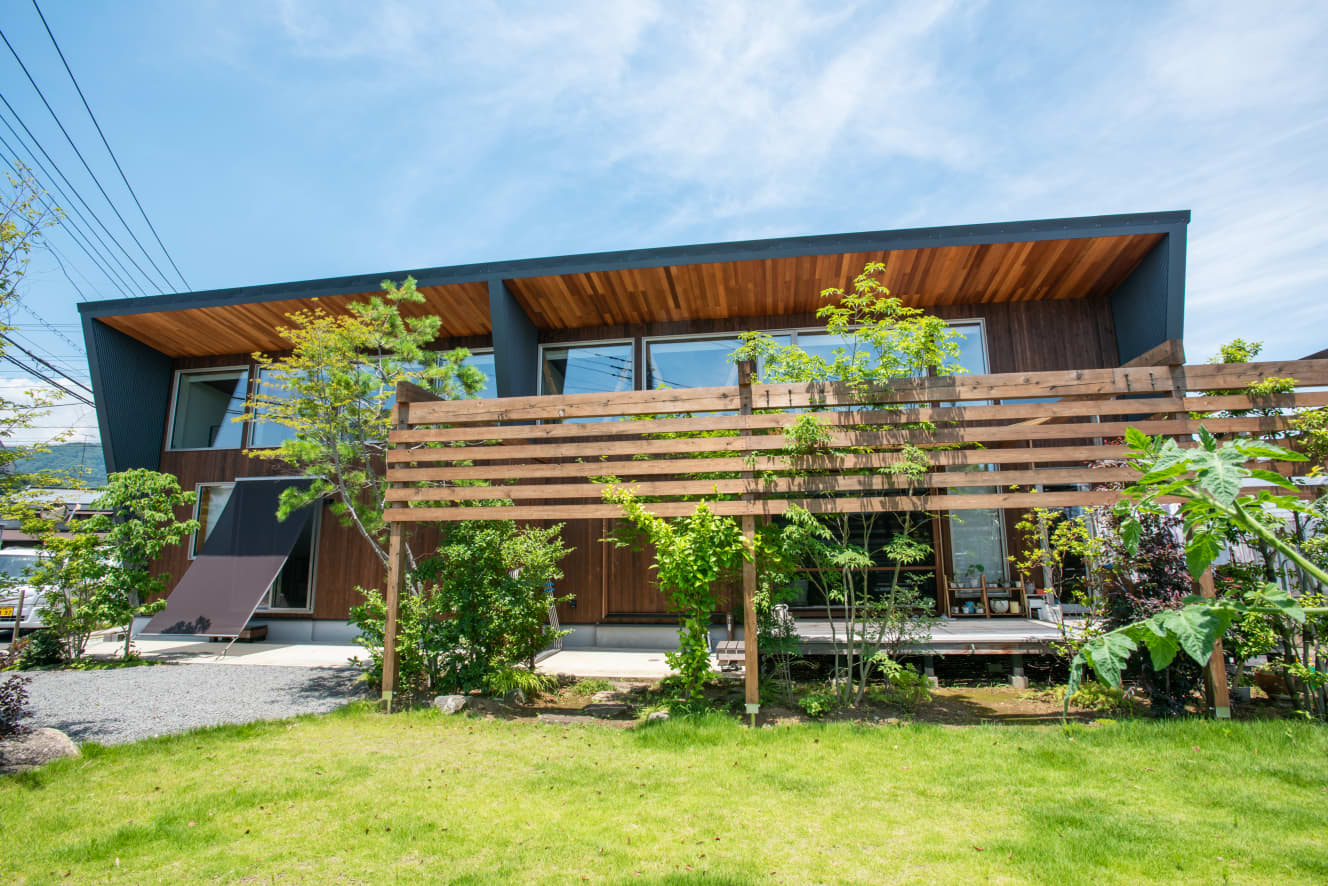
Mandatory energy conservation laws are 20-year-old standards.
In Japan, it is mandatory to change indoor air every two hours as a measure against sick house syndrome. Although more frequent ventilation is now recommended as a measure against corona, ventilation raises the room temperature by letting hot outdoor air into the room in summer even if the room is cooled down, and conversely, in winter, the warmed indoor air must be thrown outside. In the winter, the heated indoor air has to be discarded outside.
“The heat exchange system installed in this house has a heat exchange efficiency of 90%. So, for example, in winter, when the indoor temperature is 20 °C and the outdoor air is 0 °C the temperature of the room is 20 °C and the outside air is 0 °C. 20 °C °C air out of the room. but the heat exchange system allows the air to flow out at 0°C. However, the heat exchange system can reduce the air temperature to 0 Celsius The heat exchange system brings the outside air at 18 °C C to 18 °C and then brought into the room, resulting in a reduction of 2 °C In summer, on the other hand, the outside air temperature is 18 °C and the room is heated to 18 °C. Conversely, in summer, when the outside air is 36 Celsius. and the indoor temperature is 26 Celsius and the outdoor air temperature is 27 Celsius, to bring the air into the room at 27 °C, so 1 Celsius. This is the reason why the air conditioning system is so efficient.”
These innovations have enabled the company to reduce air conditioning costs by 80%.
The installation of the air conditioner is also ingenious. In winter, a typical wall-mounted air conditioner is half buried under the floor to warm the floor, and air is blown toward the subfloor, with warm air coming out of the vents in each room.
In summer, vents are built above the rooms so that cool air is blown from above by a summer air conditioner installed in a small room in the attic.
By changing the location of the air supply between summer and winter, the rooms can be effectively heated and cooled.
The Mochida residence is full of ingenuity. However, according to Mr. Mochida, the level of housing performance of the Mochida residence is common in Europe as housing that does not rely on air conditioning to reduce CO₂.
The other day, an energy conservation law for housing was passed in Japan.
“The new standard is almost the same insulation performance as the one proposed in 2011. It only made mandatory a standard that was already established 20 years ago. There are different levels of insulation performance, and our house is built to the strictest level, but under the current energy conservation law, it is not even close to the world standard.”
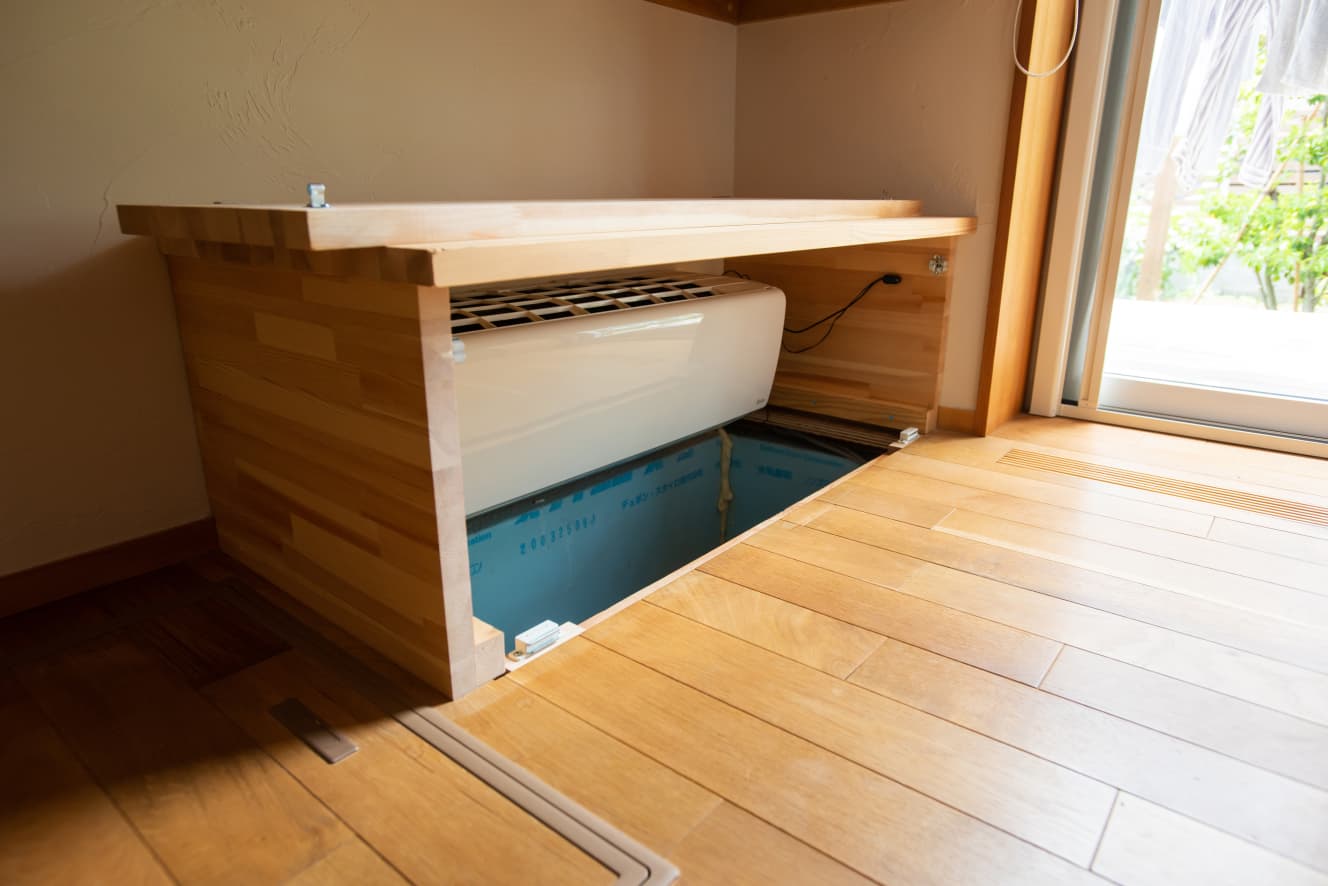
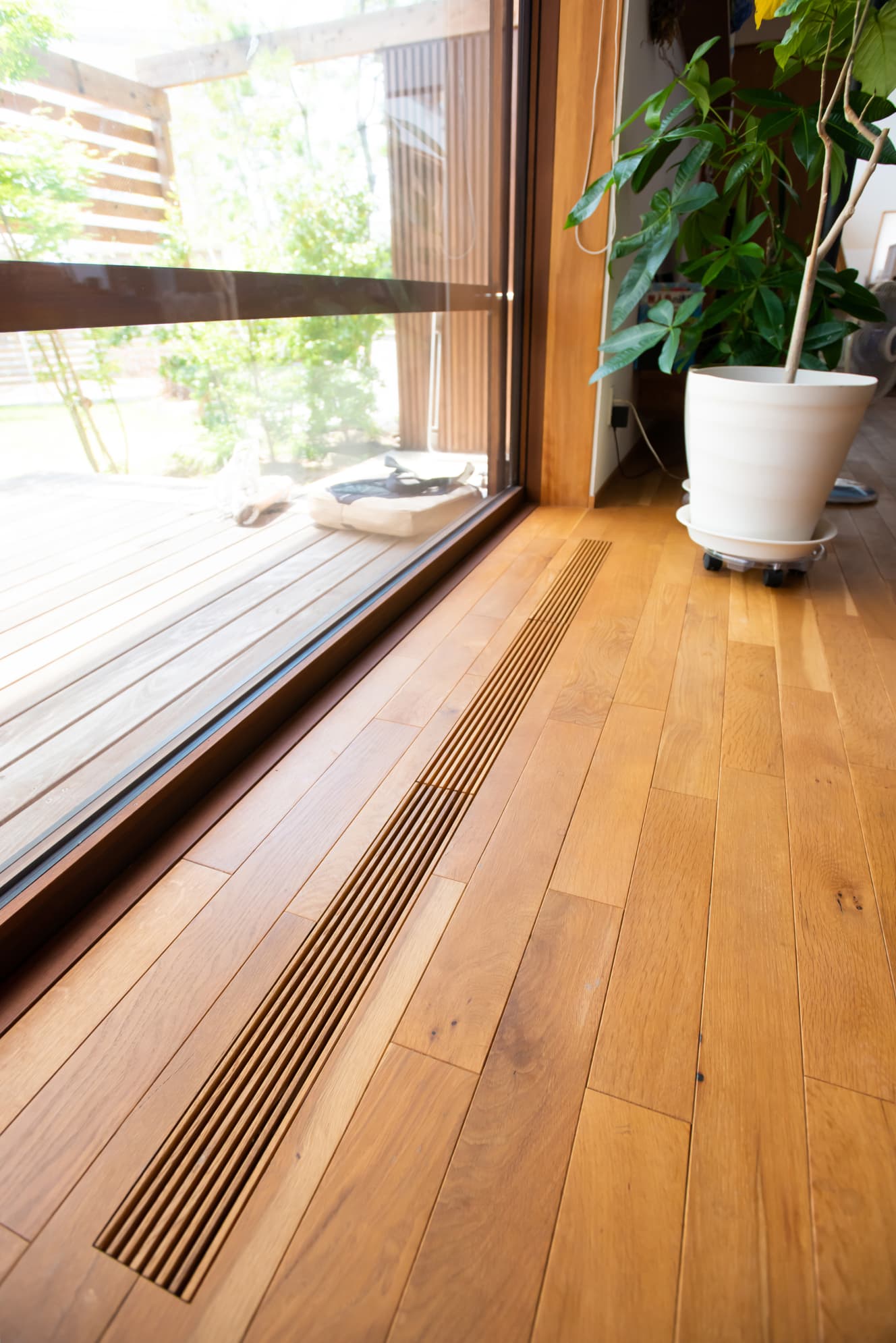
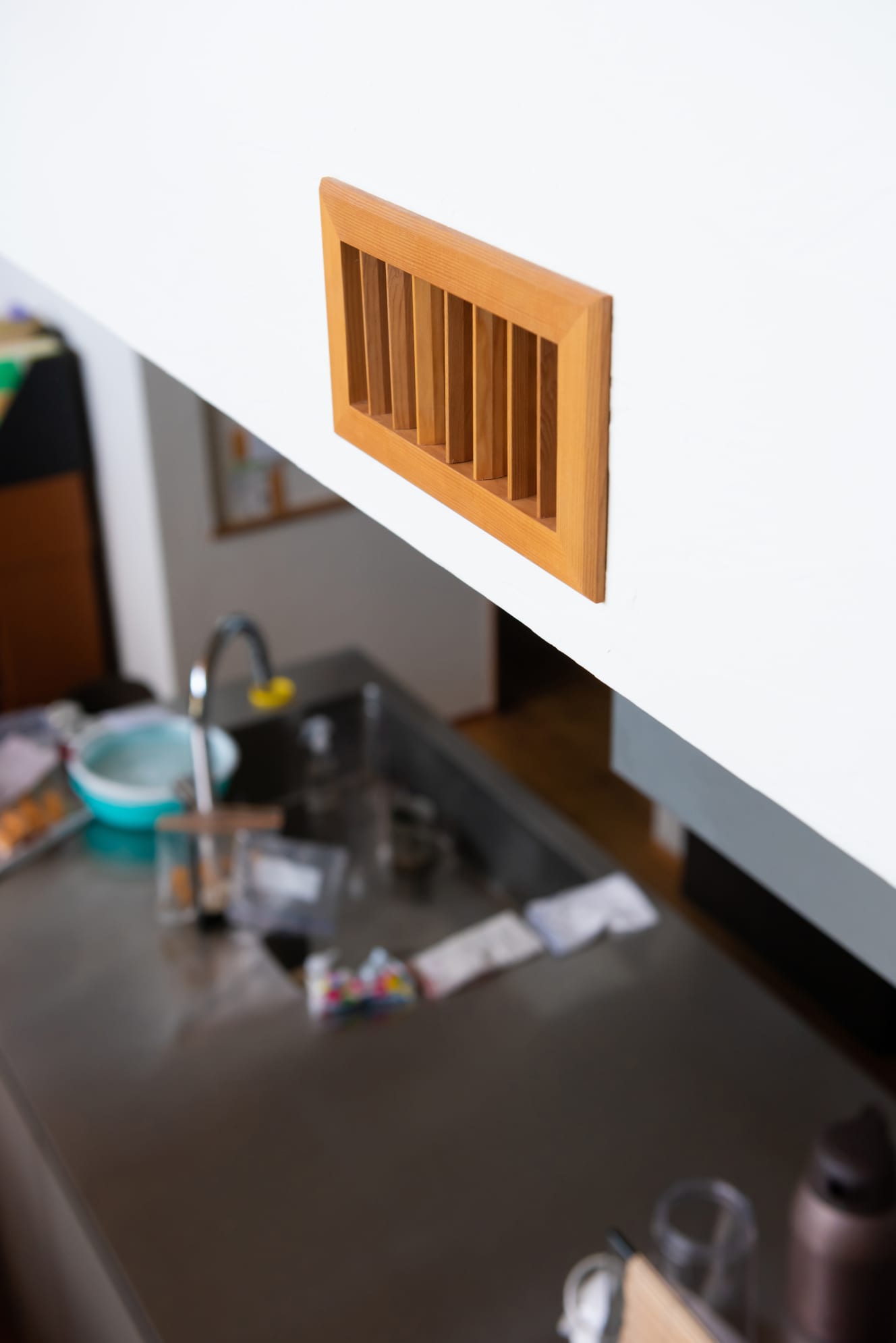
The “bamboo screens” and “interior windows. The energy-saving performance of the house will be greatly enhanced by these features.
We know that the Mochida residence is excellent. But what should we do? Is lowering the temperature of the air conditioner the only thing we can do in this heat wave?
“The easiest thing to do is to open the windows. Sixty to seventy percent of the heat that comes into and goes out of a house comes through the windows. The most effective way to block the hot summer sun is to block the sunlight from outside the windows. All you have to do is to lower the blinds.”
Oh, this can be done right away.
“If you can afford it, we recommend installing windows on the inside of the windows, and if you install double-pane windows, the existing windows will be combined to make three panes of glass, and that alone will improve the insulation performance.”
Living in a house with good insulation performance is not only good for energy conservation, but also for your health, he says.
“In the cold winter, the room temperature is 22°C (72°F) in cold winters. But if there is cold glass or walls near your body, it will cool you down to the core. At night, when you sleep with a futon over your head warm, but if you don’t turn on the heater, the room temperature remains low. When that air enters the body through breathing, it cools the body from the inside. According to research by Professor Toshiharu Ikaga of Keio University’s Faculty of Science and Technology, if you move from a house with poor insulation performance to a house with good insulation, bronchial asthma and atopic dermatitis are improved and the risk of high blood pressure is reduced, among other data.”
Mold formation due to condensation can also cause illness. The use of double-glazing with plastic sashes can also prevent condensation.
Houses that meet the housing performance standards established by the Passive House Institute in Germany in 1991 are named “Passive House,” and the Mochida residence is a Passive House. Recently, the number of people building Passive Houses has been increasing.
“My house is certified as a Passive House. With a passive house, the room temperature does not drop below 20°C in every corner of the house even if the outside temperature is below freezing in the morning in winter without heating, and in summer it can maintain a comfortable temperature 24 hours a day with low operation.”
“In Germany, they offer subsidies for retrofitting homes with good insulation. This increases the number of people who retrofit, and local construction companies that do the work get more work, which raises tax revenue. Also, if energy conservation is promoted through this, less energy will be imported from outside the country, and payments will be reduced. Ultimately, the profits are more than the subsidies.”
“In Japan, there is a campaign that offers points for saving electricity as part of the ‘Summer Energy Saving Challenge’ until September 30, but it is also possible to save electricity by being patient. Next year, when you need to save more electricity, you will have to be even more patient than this year! This is not sustainable. Instead, I think there are other things we should be doing.”
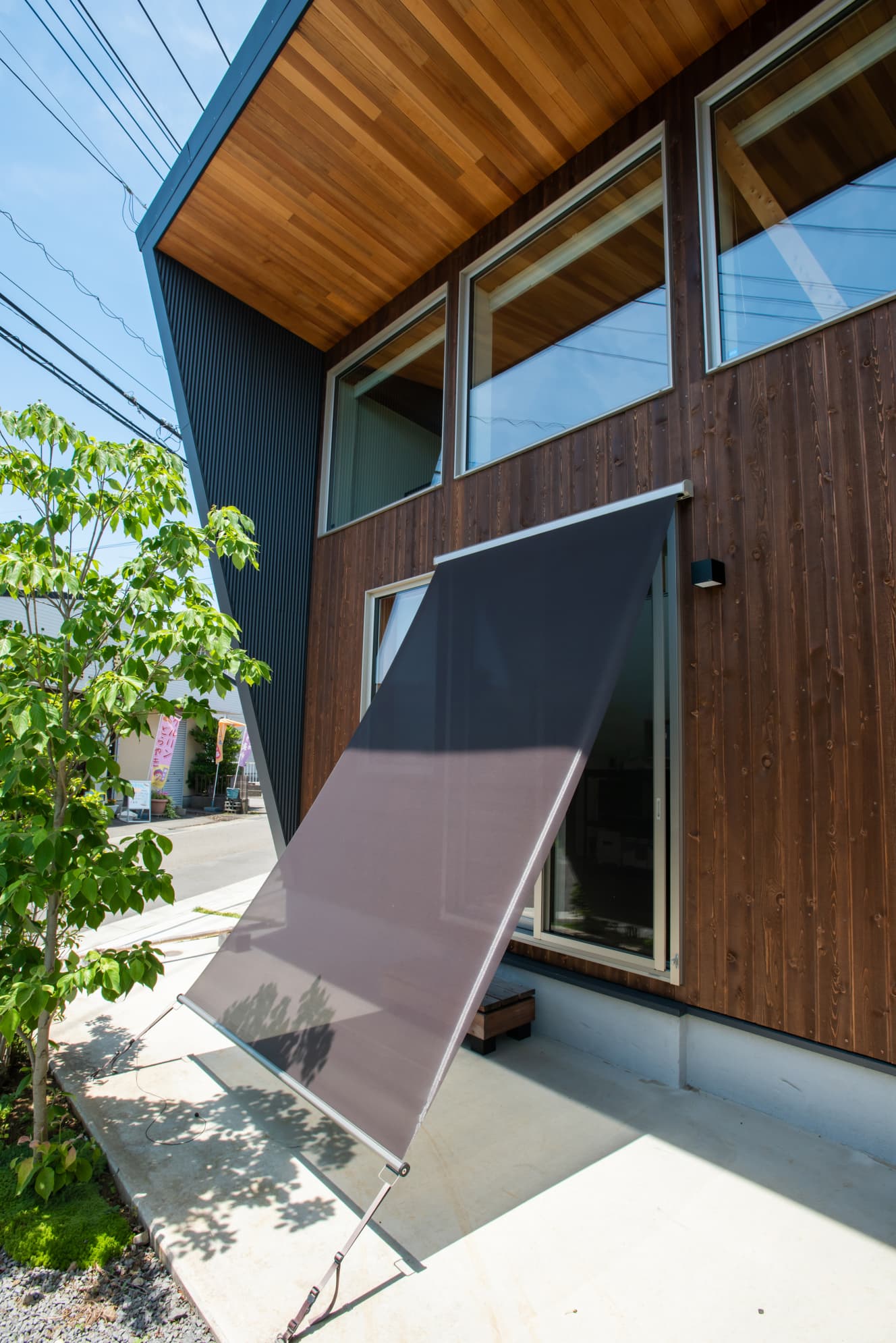 Screens are installed to block out the summer sun. Summer energy-saving methods that can be imitated immediately.
Screens are installed to block out the summer sun. Summer energy-saving methods that can be imitated immediately.Interview and text by: Izumi Nakagawa Photographed by: Ayumi Kagami
